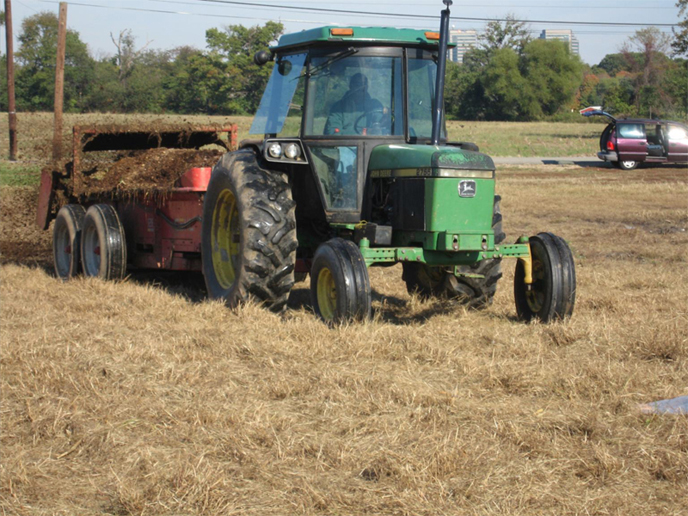
Transporting manure
Comprehensive Nutrient Management Plan
Comprehensive Nutrient Management Plan
CNMP purpose and conditions:
Nutrient management and waste utilization means managing the source, rate, form, timing, placement, and utilization of manure, rather than just disposing of it as a waste residual. The GOAL is to effectively and efficiently use nutrient resources derived from animal waste to adequately supply soils and plants to produce food, forage, fiber, and cover while minimizing environmental impacts.
The CNMP is a component of the Resource Management System for the farm. It is used in conjunction with crop rotations, residue management, pest management, conservation buffers, and other practices needed on a site-specific basis.
Nitrogen and phosphorus are the two nutrients that are managed in order to protect surface and ground water quality.
Corn Silage
Pasture